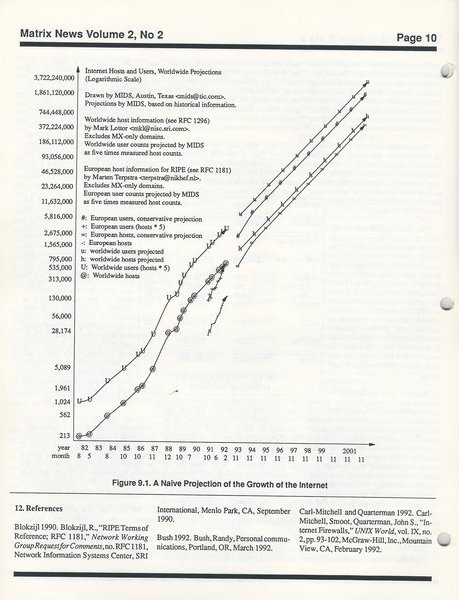Why is great big Southern Company afraid of tiny SolarCity?
Look at these 2.6KW of solar panels on a house in Bedford, Massachusetts.
Think about much more sun in Georgia, financed by Google and
Goldman Sachs,
turning into
votes for solar power.
Big coal and nuclear boondoggles already
don’t look so attractive anymore to investors.
By Giles Parkinson wrote for Reneweconomy on 9 October 2012,
SolarCity’s big challenge: Prove that energy bills can fall,
 SolarCity sees the traditional utilities as their biggest
competition. “We compete with them on price, predictability of
price and the ease by which customers can switch to electricity
generated by solar systems,” it says.
SolarCity sees the traditional utilities as their biggest
competition. “We compete with them on price, predictability of
price and the ease by which customers can switch to electricity
generated by solar systems,” it says.
“We have disrupted the industry status quo by providing
renewable energy directly to customers for less than they are
currently paying for utility-generated energy. Unlike utilities, we
sell energy with a predictable cost structure that does not rely on
limited fossil fuels and is insulated from rising retail electricity
prices. As retail prices for electricity increase and distributed
solar energy costs decline, our market opportunity will grow
exponentially.”

Bloomberg New Energy Finance analyst Anthony Kim said the SolarCity
filing could be a “game-changing moment for the solar
industry” because it shows “how plummeting component
costs benefit a company operating on the downstream side of the
solar business.”
That article was posted before SolarCity’s stock went public, and
before
Goldman Sachs invested half a billion dollars in SolarCity.
Six months later, we know Southern Company and Georgia Power
are paying attention, because both SO CEO Tom Fanning and
Georgia Power CEO Paul Bowers said so at the
Southern Company stockholder meeting.
-jsq












